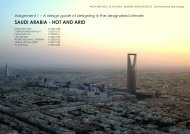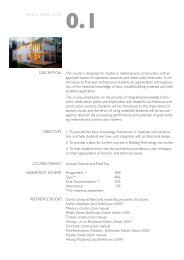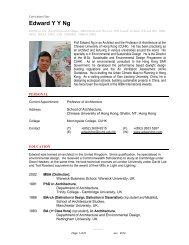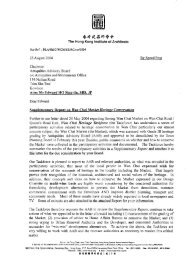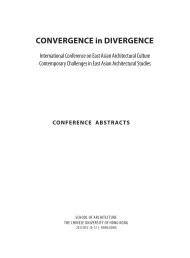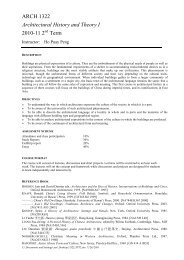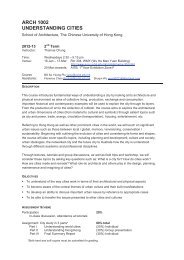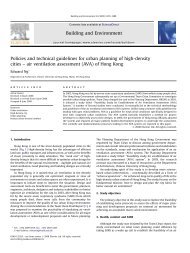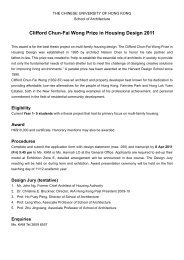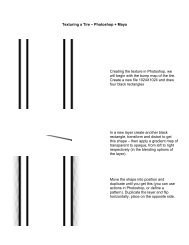Fine Scale Meteorology & Air Quality Models - School of Architecture ...
Fine Scale Meteorology & Air Quality Models - School of Architecture ...
Fine Scale Meteorology & Air Quality Models - School of Architecture ...
Create successful ePaper yourself
Turn your PDF publications into a flip-book with our unique Google optimized e-Paper software.
ASI2_Lecture 3_7/12/2011<br />
Summary: <strong>Fine</strong> grid modeling issues<br />
• A Conundrum: Real features <strong>of</strong> 1-10 km scales require grid resolution<br />
about an order <strong>of</strong> magnitude finer in size; however, much stochastic<br />
noise is present in current mesoscale simulations at fine scales (Terra<br />
Incognita regime).<br />
• Quasi Stationary, persistent 2-D and 3-D circulation in weakly forced flows<br />
• Simulations are physics option dependent<br />
• K H using SMAG (allows rolls), K H SMAG + Constant (supresses rolls)<br />
• Horizontal vortices and/or structures:<br />
– Become more pronounced with decreasing ∆x = 1km, 333m & 111m<br />
– Dissipate for decreasing ∆t= 6s,1s, 0.66s, 0.33s (features are non convergent)<br />
– Reaches max strength in afternoon, dissipate at night, are computationally stable<br />
• Numerical filters may helpful in reducing stochastic model noise, but<br />
there is no fundamental guidance that currently apply.<br />
• Other aspects/sensitivities, approaches still need to be explore:<br />
Even vs odd order filters.<br />
WRF LES<br />
ASI 2: URBAN CLIMATE AND AIR POLLUTION <strong>School</strong> <strong>of</strong> <strong>Architecture</strong>, The Chinese University <strong>of</strong> Hong Kong, Hong Kong, 7-8 Dec 2011<br />
Part 3: <strong>Fine</strong> grid air quality modeling (examples CMAQ)<br />
1 km UCP 4km Native<br />
Ozone NOx<br />
• 1 km results are<br />
significantly more<br />
textured than 4<br />
km<br />
• The titrating effect<br />
<strong>of</strong> NOx on ozone<br />
(especially along<br />
highways and<br />
major point<br />
sources) are<br />
captured at 1km<br />
but not at 4 km<br />
• Photochemistry at<br />
4 km results in<br />
part from overdilution<br />
<strong>of</strong> withingrid<br />
sources<br />
ASI 2: URBAN CLIMATE AND AIR POLLUTION <strong>School</strong> <strong>of</strong> <strong>Architecture</strong>, The Chinese University <strong>of</strong> Hong Kong, Hong Kong, 7-8 Dec 2011<br />
26



